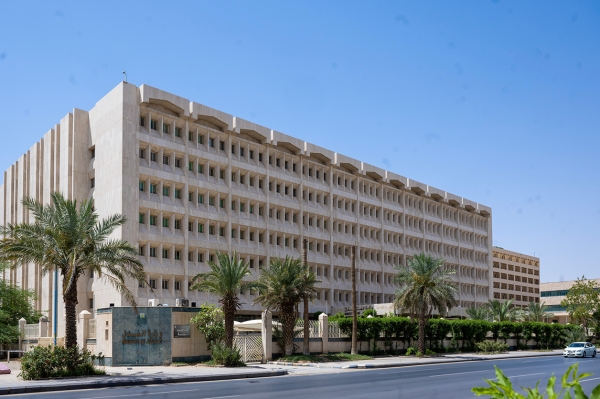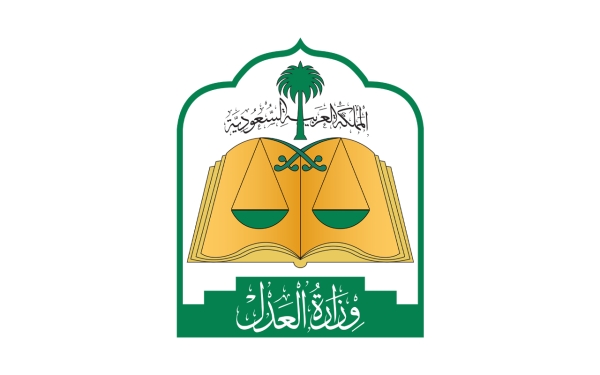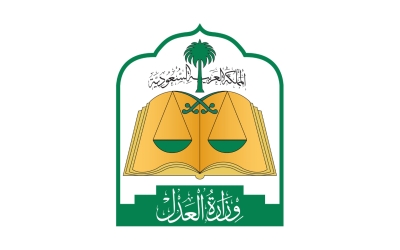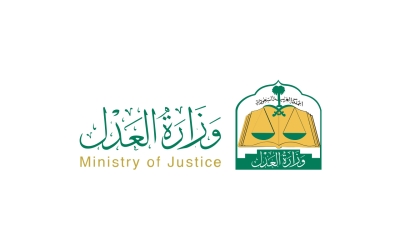
Timeline of the Formation of the Ministry of Justice in Saudi Arabia


1926
The Founding King Abdulaziz Bin Abdulrahman Al Saud established a single judiciary presidency in the western region of Makkah al-Mukarramah, before the unification of the Kingdom of Saudi Arabia. It is considered the cornerstone for founding the judiciary in Saudi Arabia.
1927
A Royal Decree was issued to establish three grades of courts in Hejaz, namely the Courts of Urgent Matters (summary courts), Major Courts and Affiliate Courts representing general courts, and the Judicial Oversight Authority (Appellate Court).
1955
Two presidencies for judicial departments were established in the western and central regions. This step was followed by the establishment of several courts and notary offices.
1960
The presidencies of the judicial departments in the western and central regions were merged into a single presidency based in Riyadh. It became the sole supervisory body overseeing the judiciary. The Presidency of the Judiciary in the western region became a branch thereof.
1961
An independent court was established to appeal judgments pronounced by the courts of the capital, Riyadh. A branch thereof was established in the city of Makkah Al-Mukarramah.
1962
The Ministry of Justice was established to oversee courts and meet their needs.
1970
A judicial body known as the Supreme Judicial Council was formed.
1970
The Ministry of Justice started its work, eight years after its establishment. Saudi Arabia's first Minister of Justice, Mohammad Bin Ali Al-Harkan was appointed.
2018
Women began working in five fields within the Ministry of Justice, including courts and notaries in reception and guidance units, management of statements of claim and appointments, reconciliation units, and family counseling in family courts, in addition to departments specialized in receiving and following up on female beneficiaries' complaints, and digital technology departments.
Related quizzes

